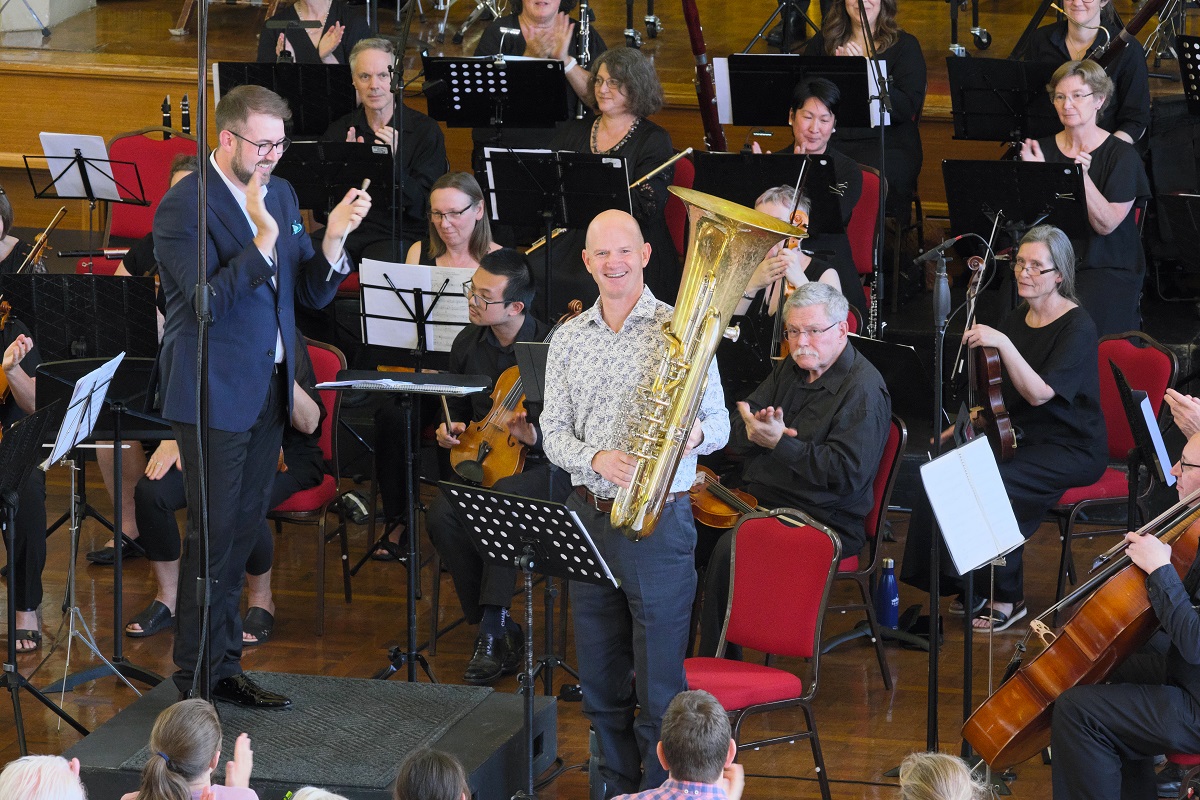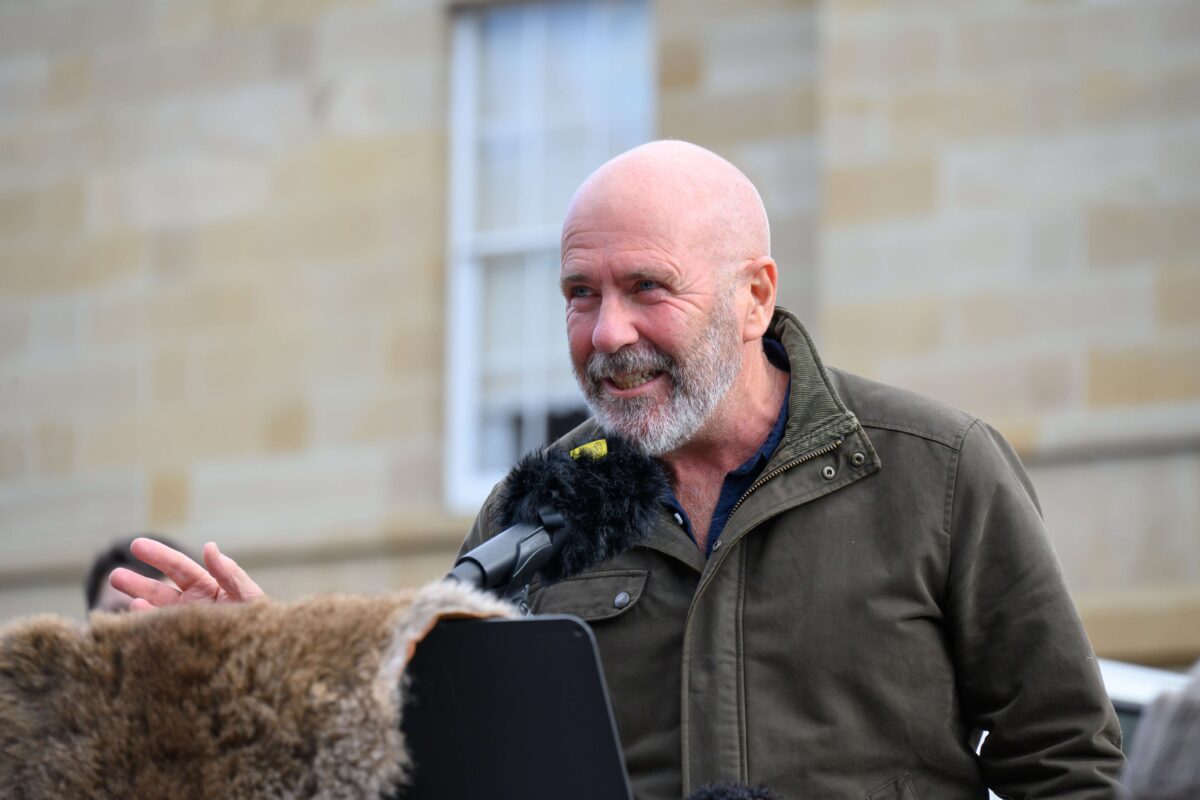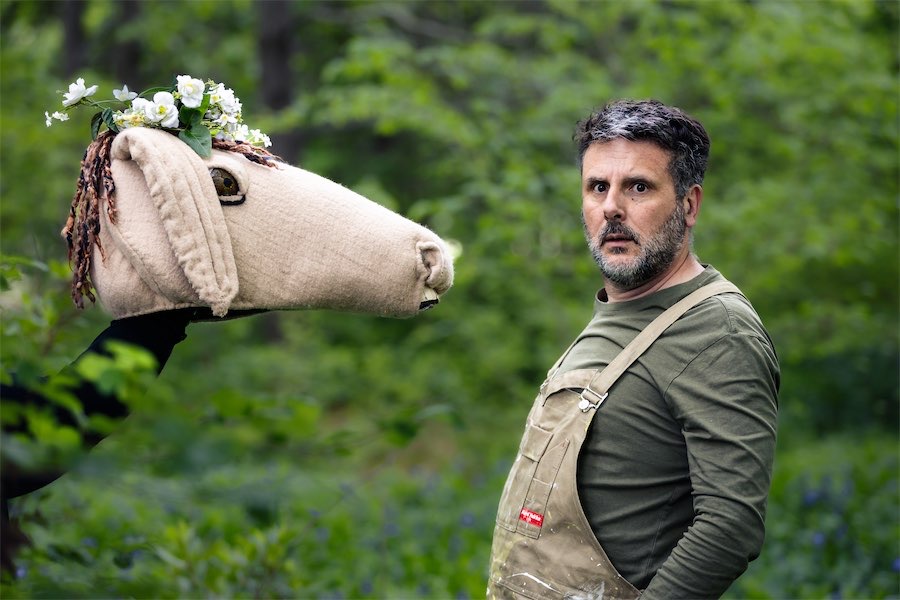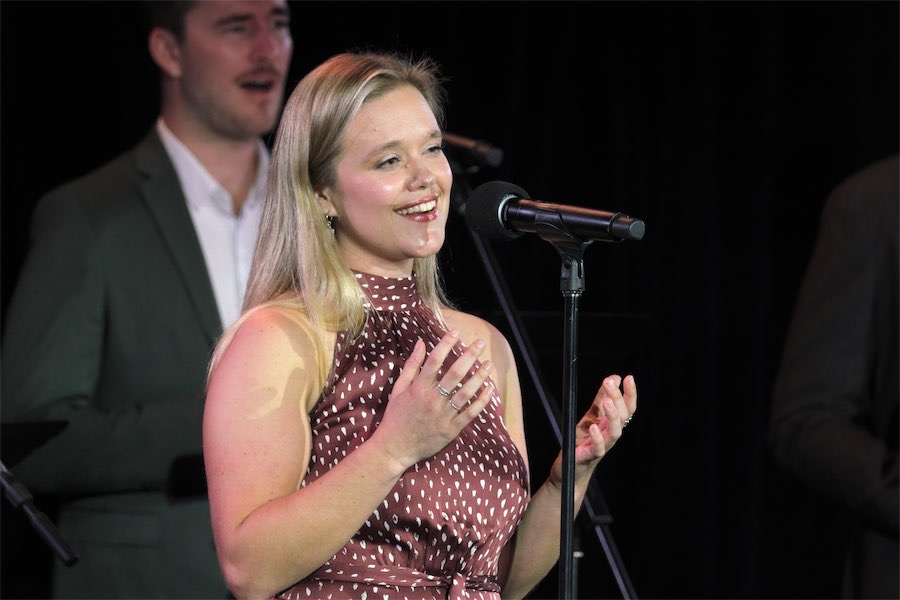
Music / “American Melodies”, National Capital Orchestra. At Albert Hall, November 12. Reviewed by ROB KENNEDY.
THE National Capital Orchestra in its 40th year continues to expand its repertoire as it goes from strength to strength.
Opening the concert with “Appalachian Spring”, by Aaron Copland, under conductor Louis Sharpe, this work made its way into the world as “music for an American ballet”. Premiered in 1944, it won the Pulitzer Prize for Music. It was arranged later into the orchestral suite that the National Capital Orchestra played.
Divided into eight sections, this suite offers a sense of hope through its bright and clear orchestral colours. The music crosses themes of marriage, square dancing, motherhood, and daily life. The big brassy sound of the NCO made a great fist of the rich tonal music and its catchy rhythms. The large bank of percussion on stage added that cutting edge to the sound and look of the orchestra. Conductor Sharpe has them sounding well.
The evocative moments in this score are beguiling. They offer that laconic feel of an American life expressed so well through their literature and classical music. Maybe it’s called Americana, but it captures the essence of the US. It’s big and proud, it’s tuneful and appealing. The NCO made it sound just so.
James Grant’s, “Concerto for Tuba: Three Furies” with soloist Björn Pfeiffer, is an eccentric piece. Just have a read of the titles of its three movements. Fury I – “Decidedly jocular”, Fury II – “Very clean – Gently inebriated”, Fury III – “Relentless throughout”. Can you picture the music in your mind?
The tuba offers that gut-wrenching grunt we feel in big orchestral pieces. Hearing it is a solo instrument, there’s no mistaking its deep, powerful tones. It can fill any space with ear-busting volume. This contemporary and tonal work gives its solo instrument free rein. It drives each piece. The music is full of lively tunes, bright, jazzy infectious rhythms and inebriated suggestions. And with few cliches.
Pfeiffer, the principal tuba of the Canberra Symphony Orchestra, played with animation, energetic volume and strong attack. In the final Fury, the tuba gets its longest solo moments with driving lines that expressed profound dynamics and technical command. It’s a showy work with lots of starts and stops. The writing works well, allowing it to show off the tuba in all its deep grunting glory.
After the interval, to finish the concert, the “Symphony No. 1 in E minor”, by Florence Price, is a modern marvel. In four movements, it reflects African American spiritual music through hymn-like chorales, syncopated dance rhythms, and traditional classical polyphony.
Hindered by sex and race discrimination, and her scores being lost for a time, Price’s music has outlasted these attitudes and today stands strong as a representation of her determination and greatness. The symphony has a strong classical and romantic voice set in a modern medium. For a first symphony, it says something special. It had a beautiful interlude between flute and oboe in the first movement expressing that Americana feel.
The NCO was strong and on the mark in this and all the pieces performed. The low strings were exceptionally fine. Twenty- twenty-four looks to be a huge year for the NCO. With music-making like this and their smart programming, they will be bringing in greater audiences.
Who can be trusted?
In a world of spin and confusion, there’s never been a more important time to support independent journalism in Canberra.
If you trust our work online and want to enforce the power of independent voices, I invite you to make a small contribution.
Every dollar of support is invested back into our journalism to help keep citynews.com.au strong and free.
Thank you,
Ian Meikle, editor




Leave a Reply